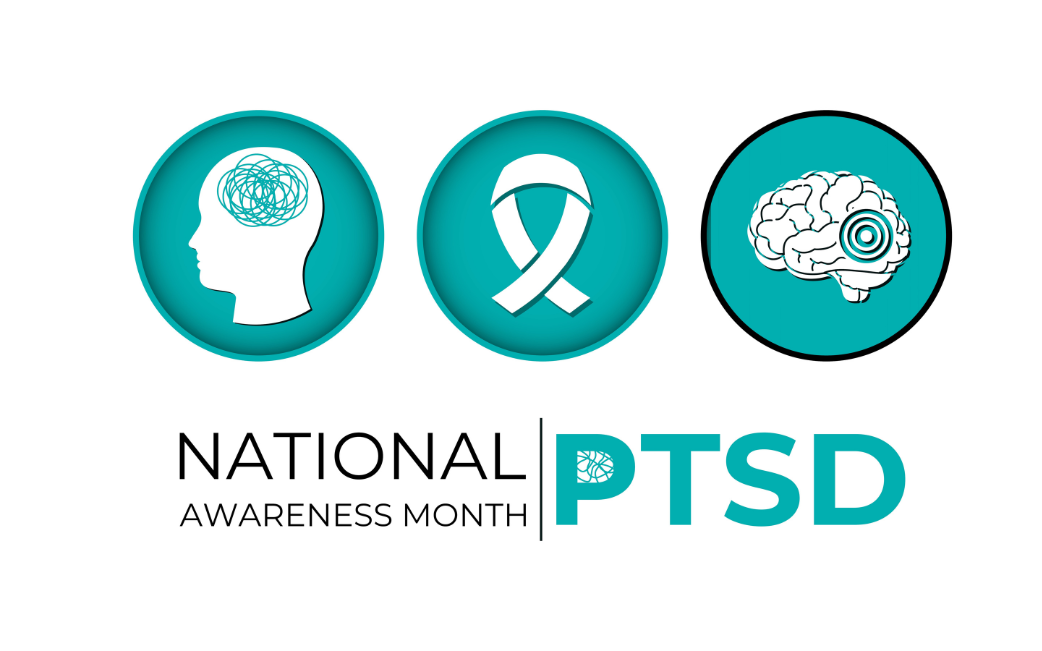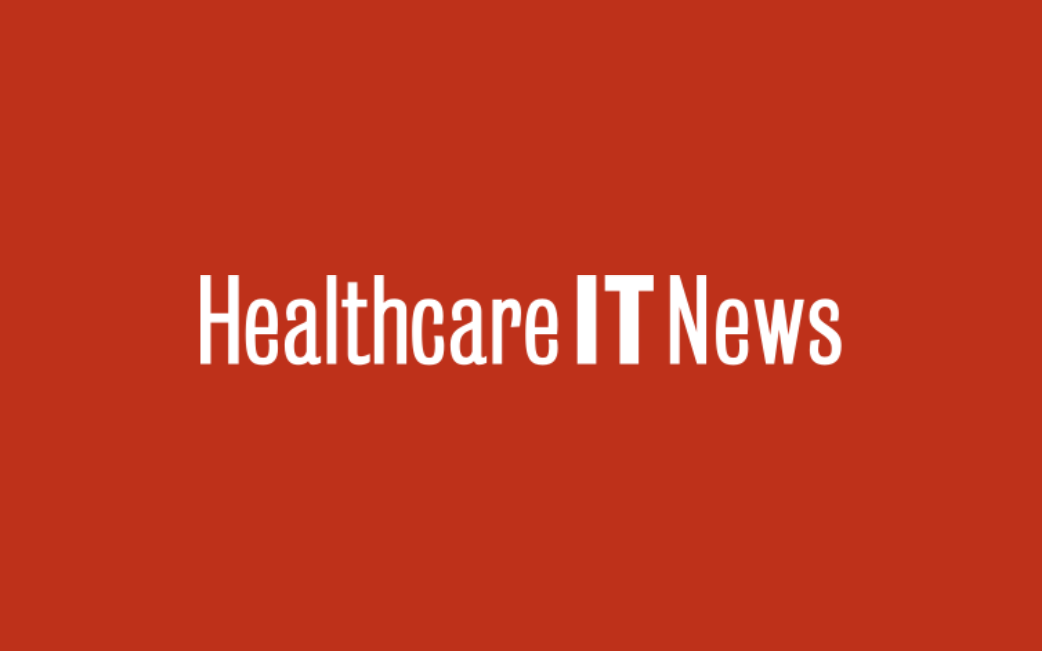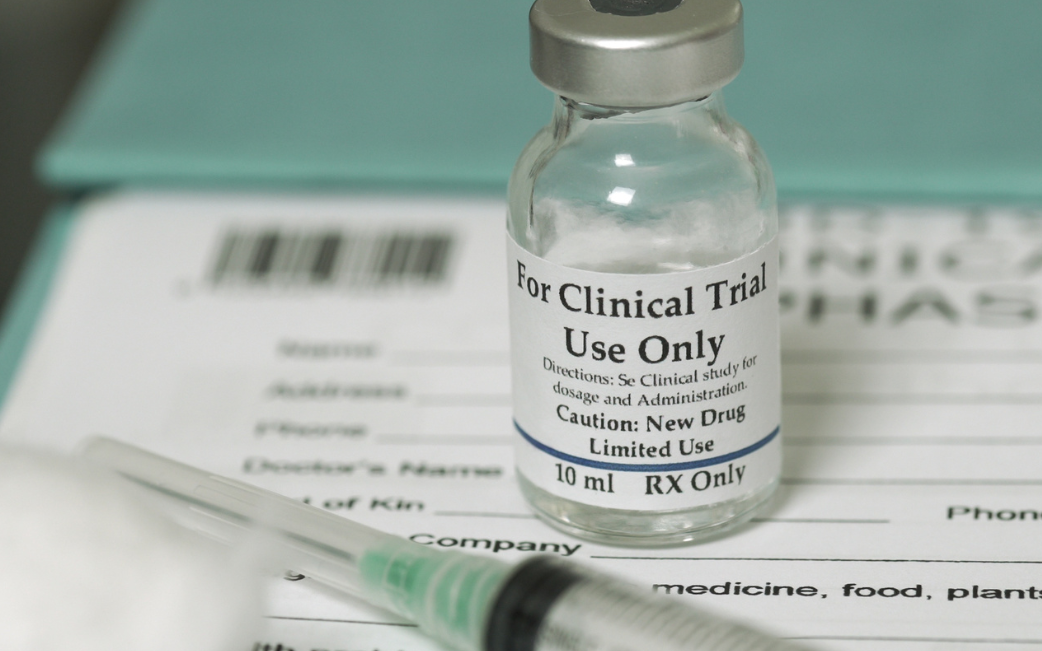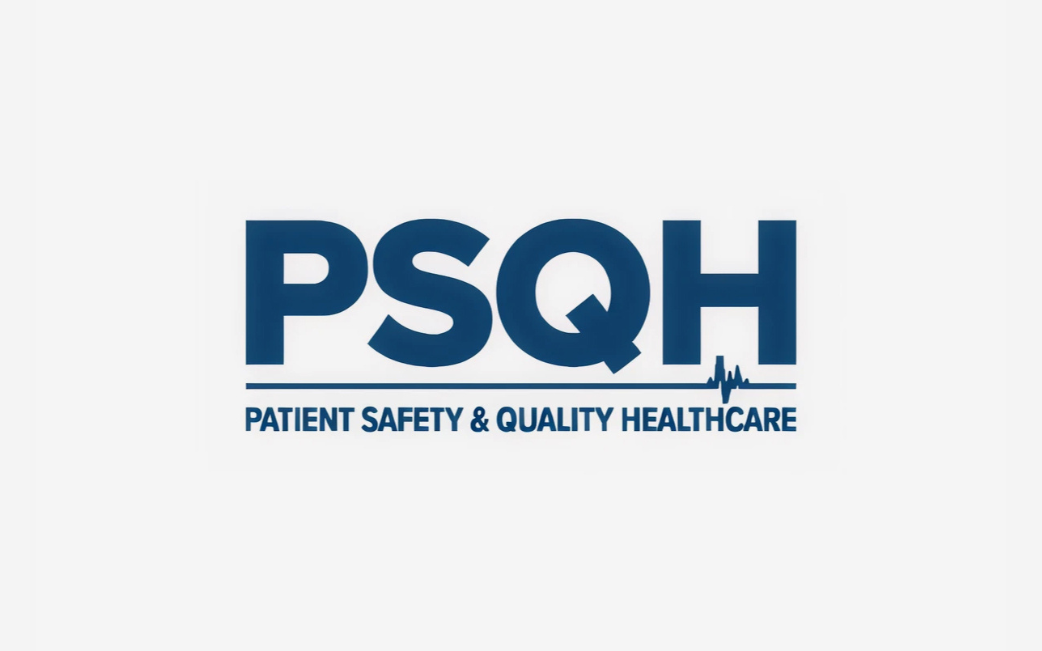New initiative empowers moms with a confidential, stigma-free video screener for postpartum depression, powered by conversational AI
Orem, UT, September 23, 2025 – Videra Health, a leading AI platform for behavioral health providers, today announced the launch of Check on Mom, the first free, confidential AI-powered postpartum depression screener. The self-assessment tool empowers mothers to complete a private, video-based check-in using conversational AI that captures both verbal and non-verbal signs of postpartum depression (PPD) and generates results they can share with a provider.
Unlike traditional written screeners, Check on Mom uses video and AI language models trained specifically for healthcare to analyze both spoken words and non-verbal cues. This dual-layer approach provides deeper insights into maternal mental health, making it easier to distinguish between common “baby blues” and postpartum depression.
“Check on Mom is not just a digital tool, it is a public health resource,” said Loren Larsen, co-founder and CEO of Videra Health. “By showing what is possible with AI-powered video screeners, we are opening new opportunities for earlier detection and better outcomes, not just in maternal health but across conditions where timely screening can make a real difference for patients and providers.”
How Check on Mom Works:
- Free and confidential: No insurance, no cost.
- Fast and convenient: Completed on almost any device, at any time, in less than three minutes.
- Video-based and shame-free: Instead of static surveys, moms can speak openly and naturally about how they feel, and results are theirs to share
- Clinically validated insights: Downloadable results can be shared with OBs, midwives, or primary care providers to guide next steps.
One in eight mothers experience postpartum depression, yet most go undiagnosed or untreated because screenings are inconsistent, stigma persists, and support often arrives too late. With Check on Mom, any mother can complete a short, video-based screener in just a few minutes and access secure results immediately without waiting for a six-week appointment or navigating health system barriers.
Check on Mom is more than a consumer resource. It is a proof point for how AI can transform condition-specific screening at scale. By applying conversational AI and video analysis, Videra Health is creating earlier pathways to care for conditions that are too often overlooked.
In addition to proprietary AI models already used to screen for depression, anxiety, trauma, and other conditions, the company most recently released TDScreen, the first AI-powered screener for tardive dyskinesia. These tools show how AI screeners can:
- Expand access to early detection in underserved populations.
- Deliver patient-centered insights that improve diagnosis and treatment.
- Provide adaptable, condition-specific screening models that can be applied across therapeutic areas.
Across healthcare from patients and providers to pharma leaders, Check on Mom demonstrates how technology can expand access to postpartum depression screening, improve early detection, and support better patient outcomes. Videra is working to normalize maternal mental health conversations and demonstrate a new model for patient-first innovation.
Check on Mom is available free of charge for any mom wanting to screen for postpartum depression. Visit www.checkonmom.ai to learn more.
About Videra Health™
Videra Health is a leading AI platform for behavioral health providers and proactively identifies, triages and monitors at-risk patients using linguistic, audio and video analysis. The FDA-registered digital platform transforms how doctors and healthcare systems interact and track a patient’s journey, illuminating the hidden depths of patient behavior and outcomes. Videra Health connects providers and patients anytime, anywhere, between visits and post-discharge via written and video assessments that translate into actionable quantitative and qualitative patient data. The platform streamlines diagnoses, enhances care accessibility, optimizes workflows and drives down costs for providers and healthcare systems.












